| Spring has arrived! By nine o’clock, last night’s frost has melted to dew and a handful of clouds are dissolving under a vivid sun. We slip off the high street at Herstmonceux and out past the sports ground, noting the tiny purple buds in the lush grass, the scruffy young blue tits, the lime-green leaves unfurling like flowers in the hedges and a flurry of white blossoms in someone’s garden. Out over the fields we go, where friendly cows chew the cud and let me scratch their foreheads over the gate. Even the insects are sociable: a swarm of tiny beasts congregates above a pond, a conference of flies buzzes beneath a tree, and bumblebees patrol a bank of sweet-smelling primroses. We’re heading to the church, which lies almost two miles south of present-day Herstmonceux, marking the site of the medieval village. But we’re in no rush, so we sidetrack up pretty footpaths and charming little lanes on our way. In the churchyard, we stop for a cup of tea and soak in the wonderful view over the levels towards Hailsham and the haze-swaddled South Downs. Back on the trail, we pass Herstmonceux Castle. Some sources claim the name ‘Herstmonceux’ arose in the 12th century, when one Idonea de Herst married an Ingelram de Monceux - their manor became known as Herste of the Monceux and, eventually, Herstmonceux. In 1441, Sir Roger Fiennes obtained a license to crenellate the existing manor house. He chose what was then an expensive and luxurious building material for his castle, red brick. (Interesting trivia: Herstmonceux village was known as Gardner Street until it adopted the name of the castle.) A little further on, several observatory domes appear beside the path. They were built between 1947 and 1958 to replace the observatory in Greenwich when the smoke, smog and bright lights of London made it impossible to study the skies. Where most modern domes are painted white or silver to reflect heat away, these were clad in copper sheet and encouraged to weather to green in order to help them blend in with the surrounding countryside. Whether the intended effect has been achieved is debatable, but It is now a heritage listed monument! The Royal Greenwich Observatory closed in 1990 and the buildings and their telescopes are now part of The Observatory Science Centre. We pass through a wood carpeted in the distinctive leaves of bluebells - somewhere to return in a couple of weeks when the flowers come out - and emerge to rolling green fields and bright sunshine. We throw ourselves gleefully on the ground and spend half an hour basking in the sun, watching buzzards wheel overhead, listening to jackdaws chatter in the huge old oaks and dreaming up a summer of endless days like this. It doesn’t take long to climb up to Windmill Hill where the eponymous windmill is missing its sails (or sweeps, as they’re known in Sussex). The windmill has recently received £80,800 from the Heritage Lottery Fund for restoration work, so perhaps they are off being restored. We take the path across the fields through Chapel Row and back to Herstmonceux. Out in the fields, we find a spot with a 360 degree view taking in the villages, the Levels and the Downs, the church spire, the big observatory dome and the windmill - a perfect recap of a perfect walk on a perfect morning. A shorter version of this article first appeared as "Herstmonceux with a Spring in my step" in the Battle Observer, Friday 12 April 2015, page 77. |
|
Back in early April, we went on a beautiful walk around Herstmonceux, East Sussex. I wrote it up for my regular column in the Battle Observer and now it's time to share the walk with you here.
0 Comments
Your comment will be posted after it is approved.
Leave a Reply. |
In which IIn which I do things and write about them In which I tag
All
In which I archive
July 2022
|
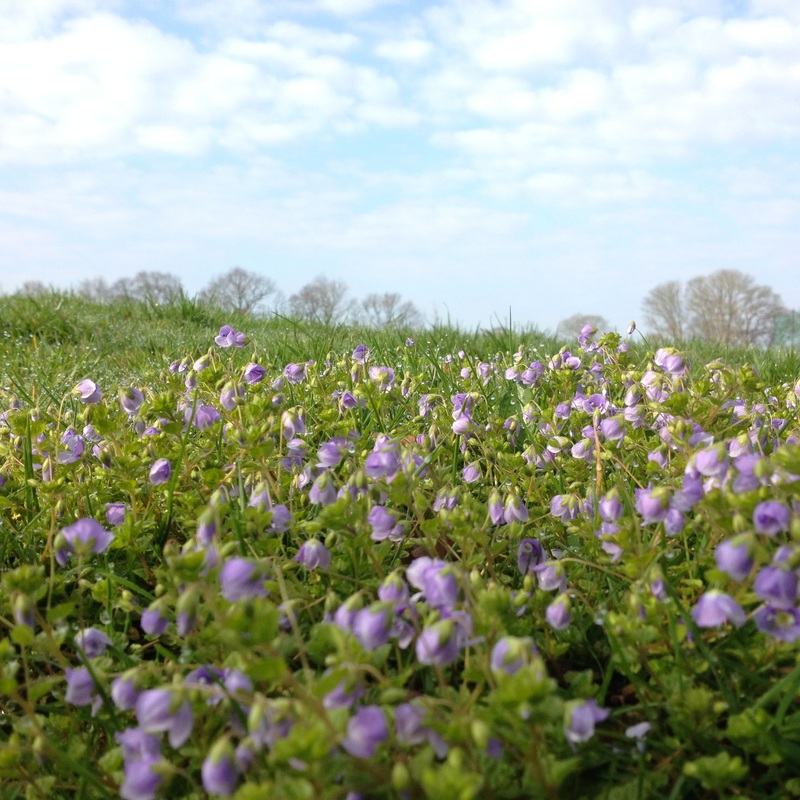
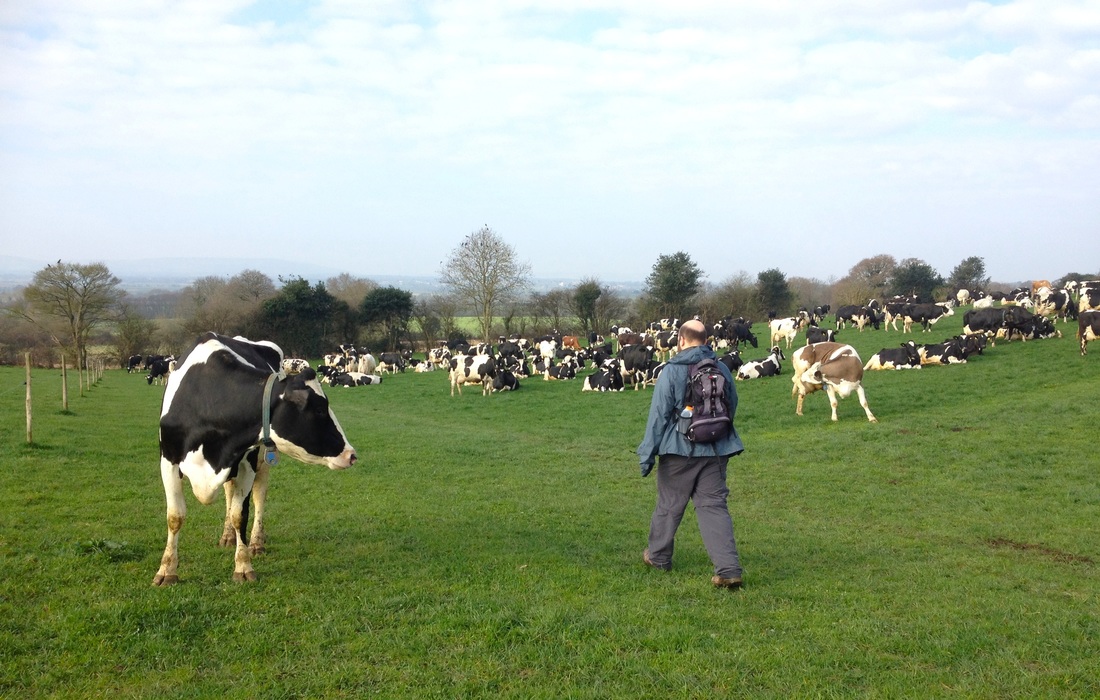
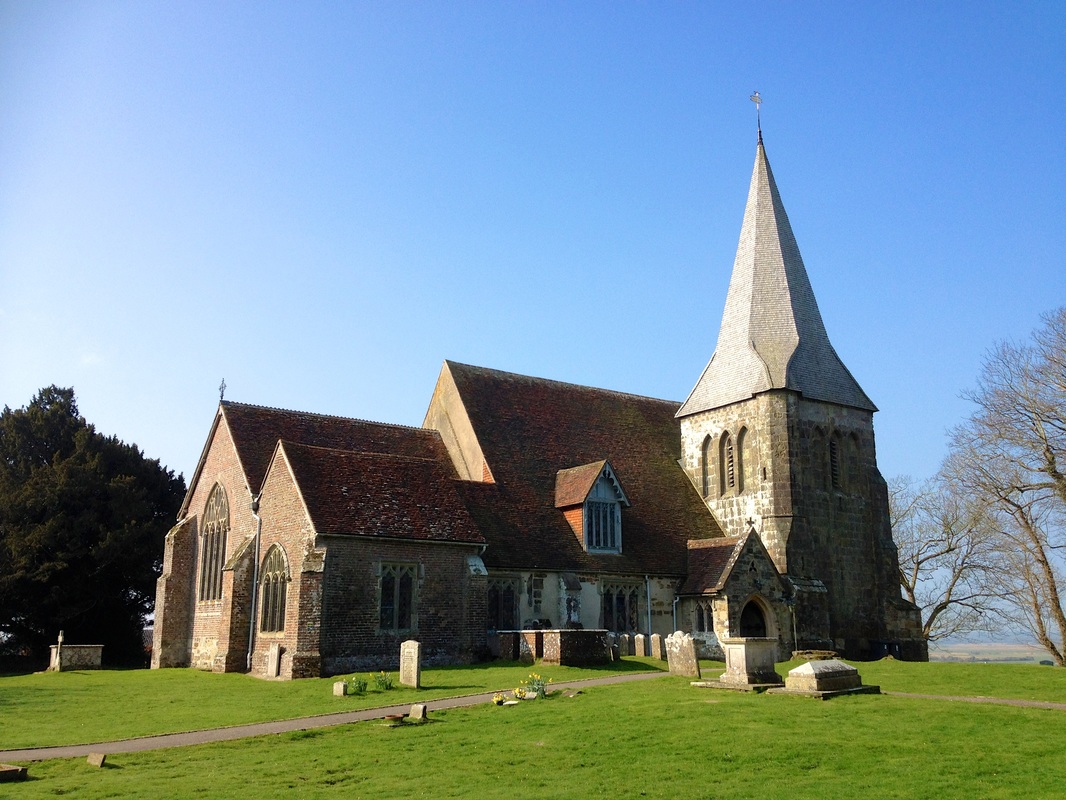
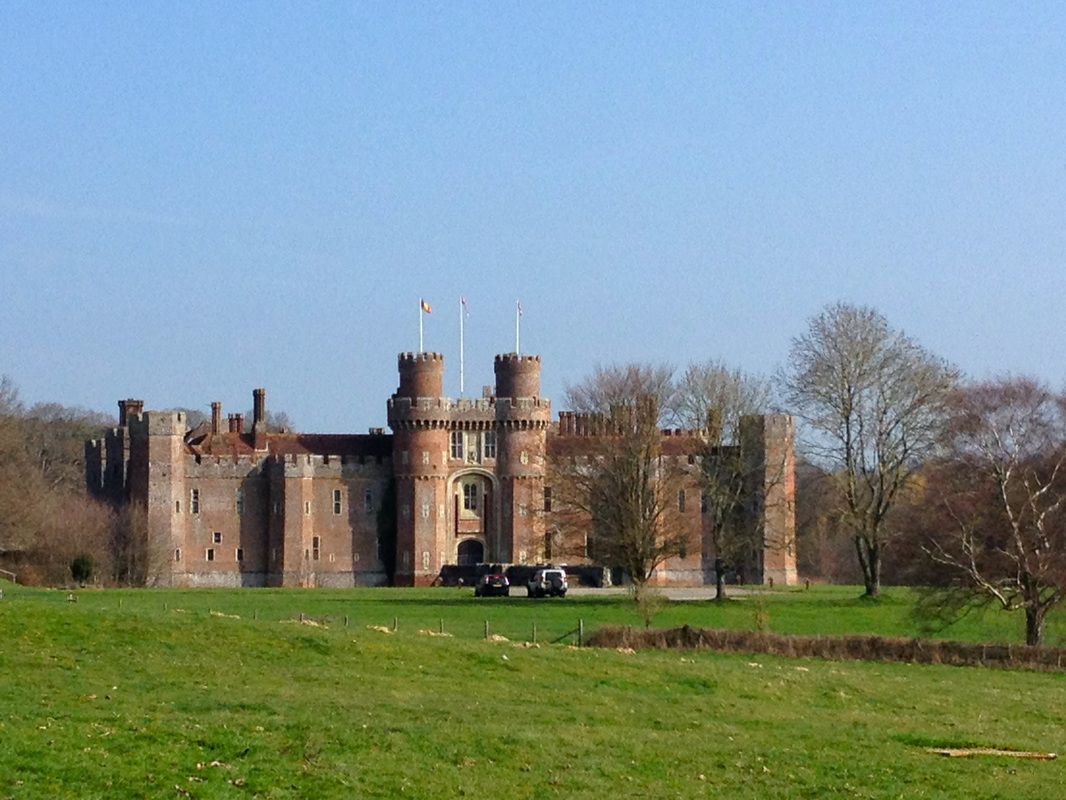
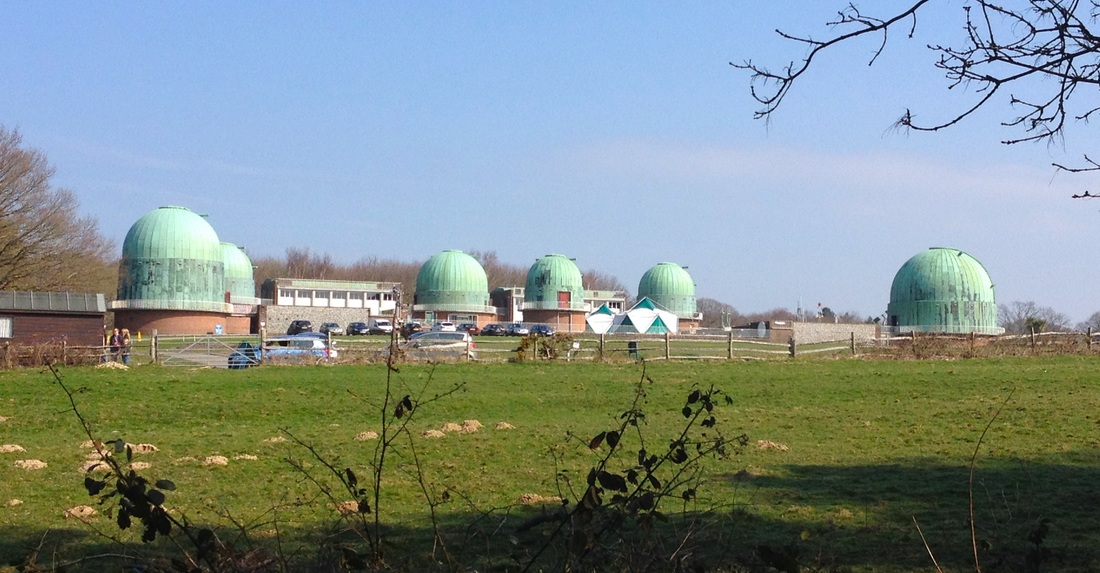
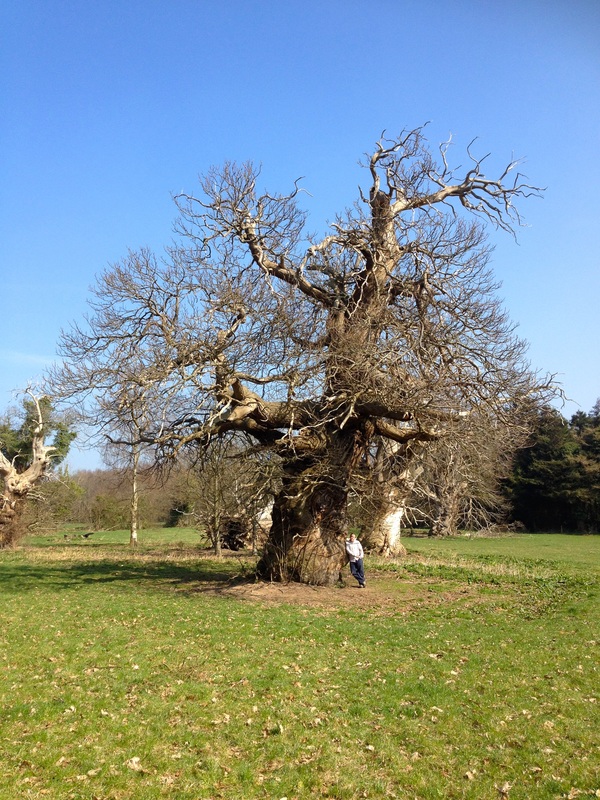
 RSS Feed
RSS Feed
